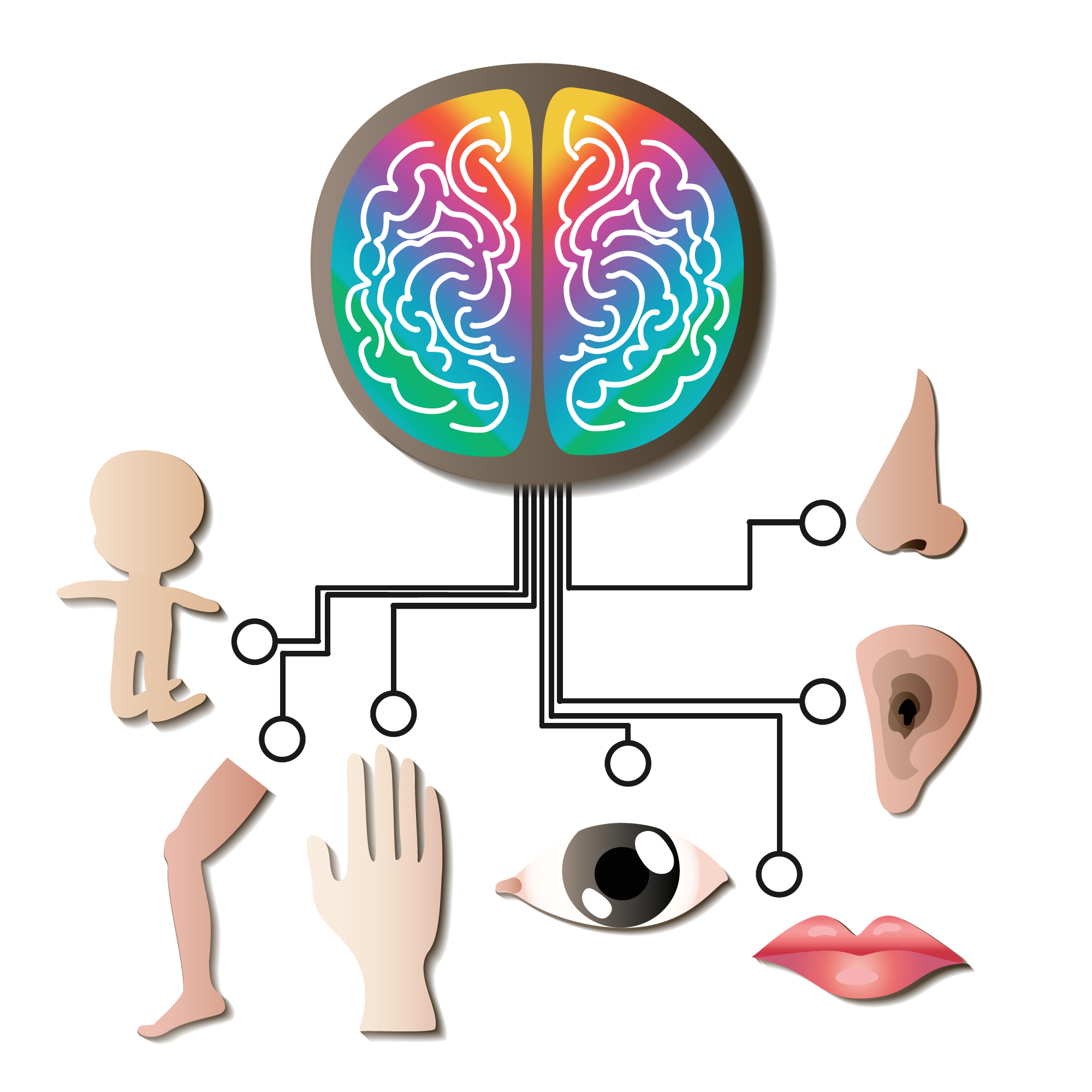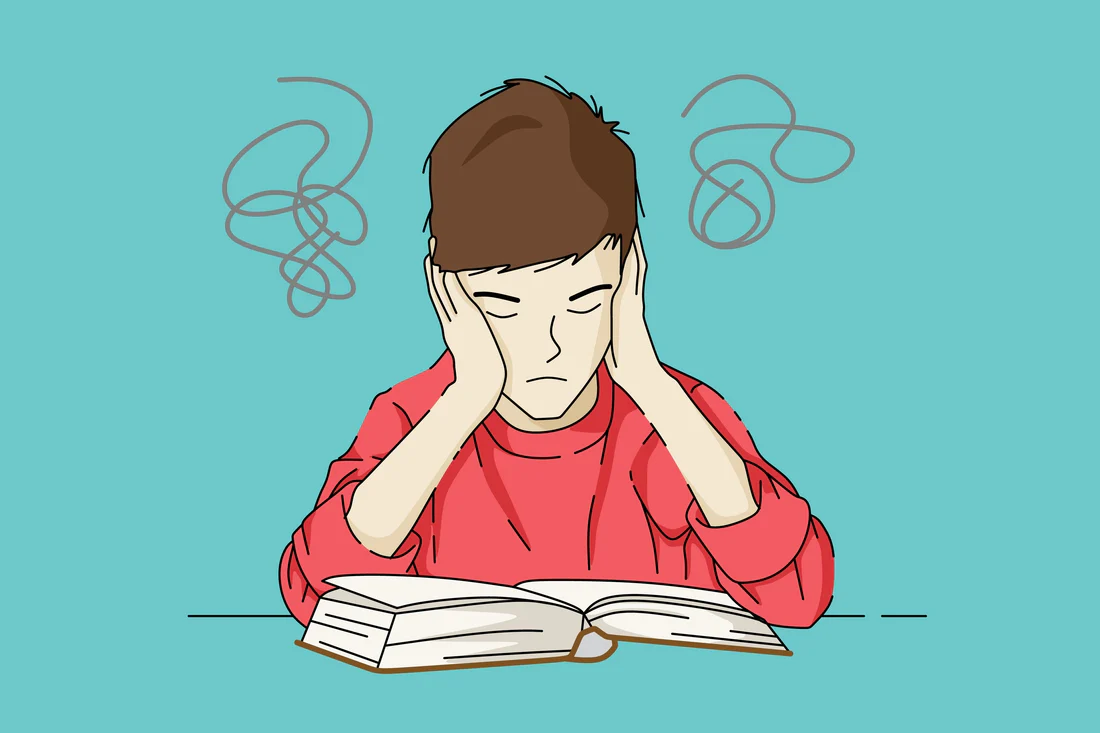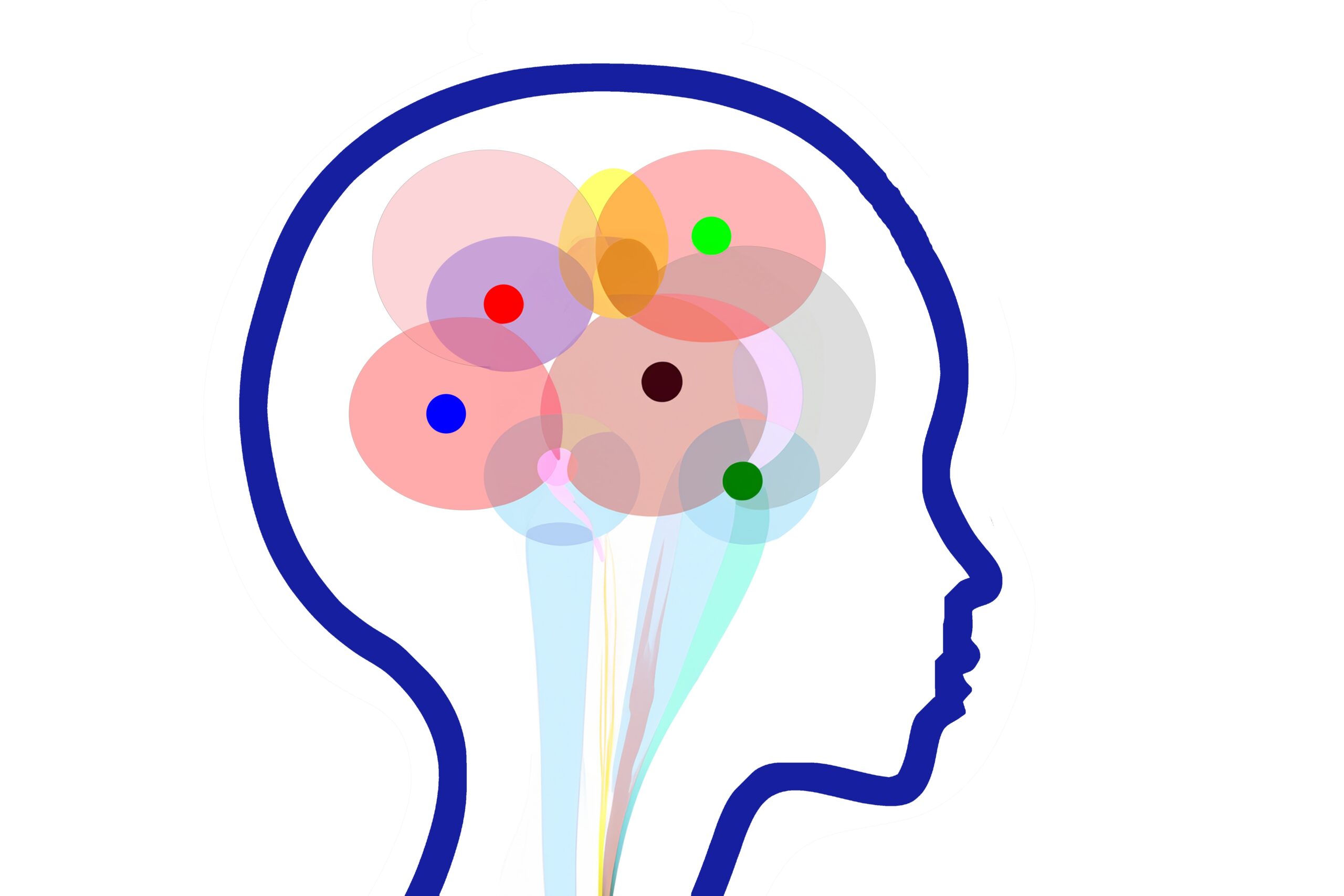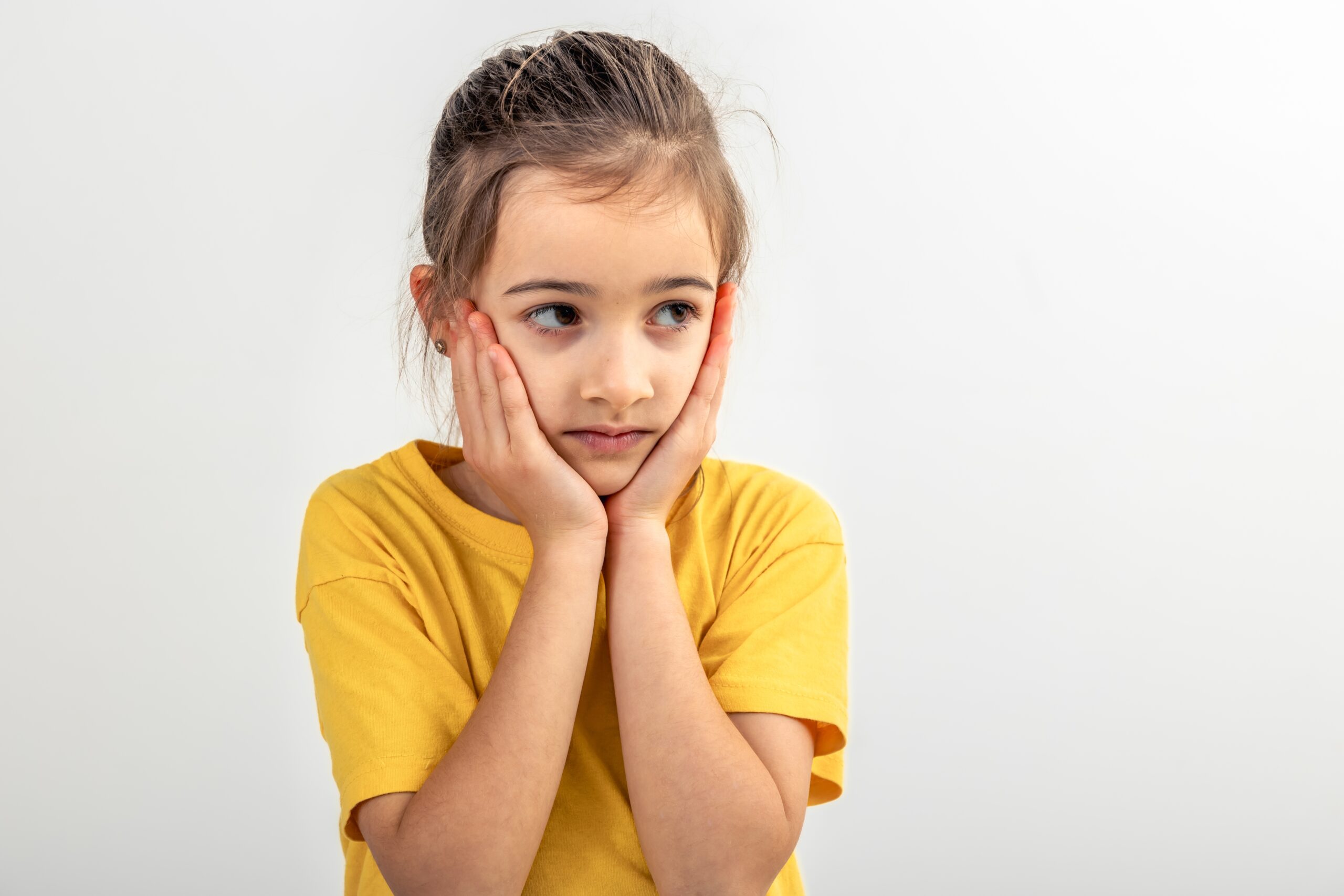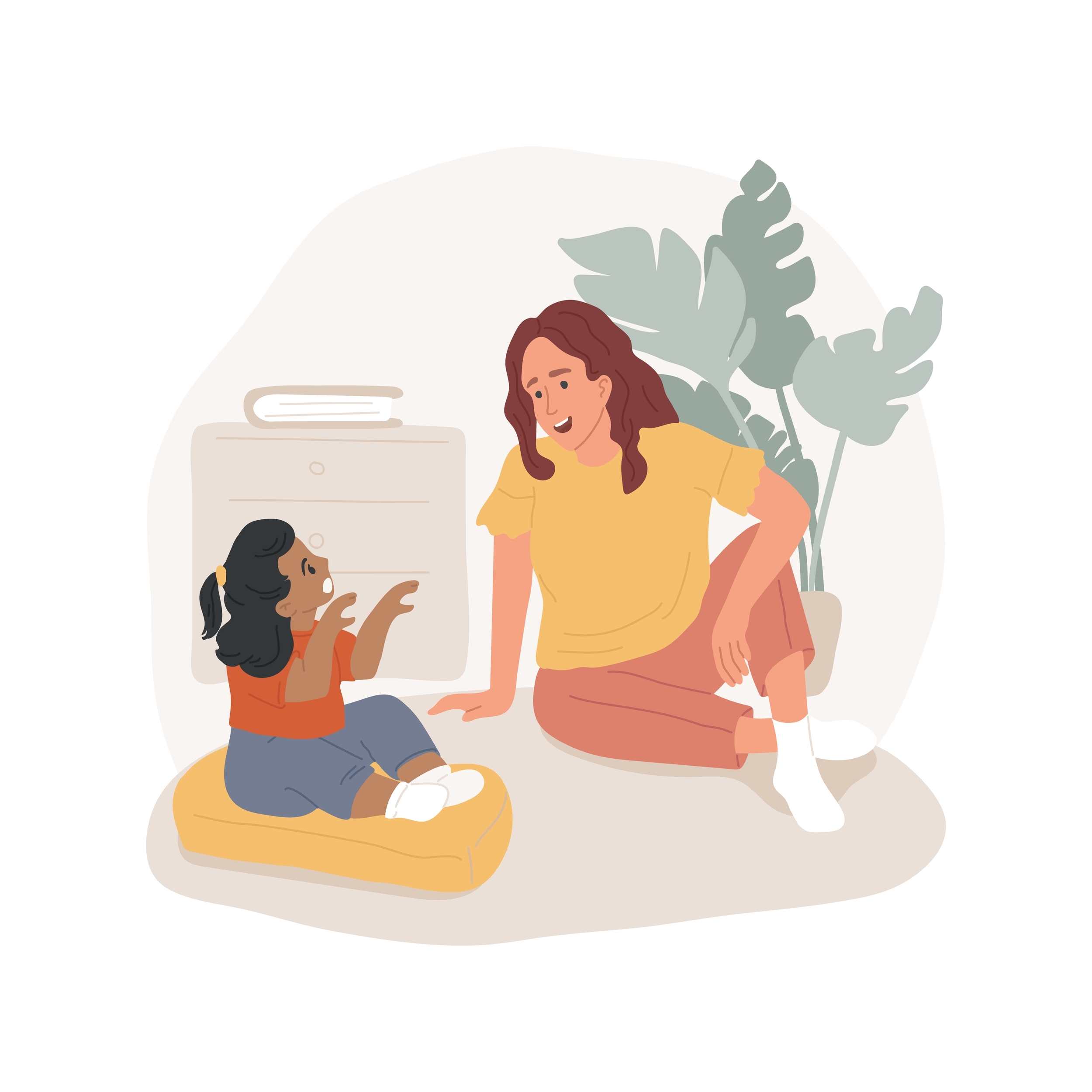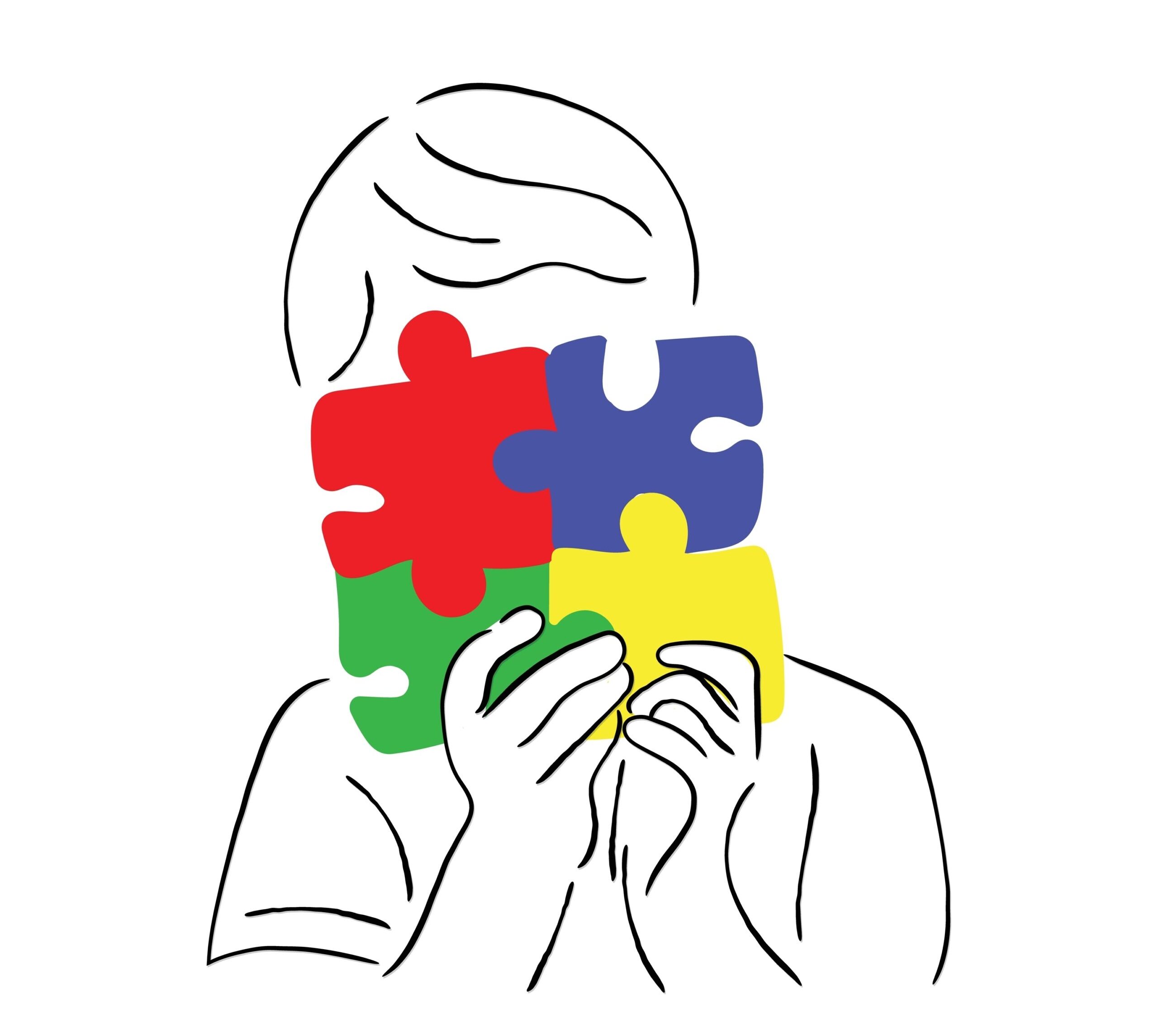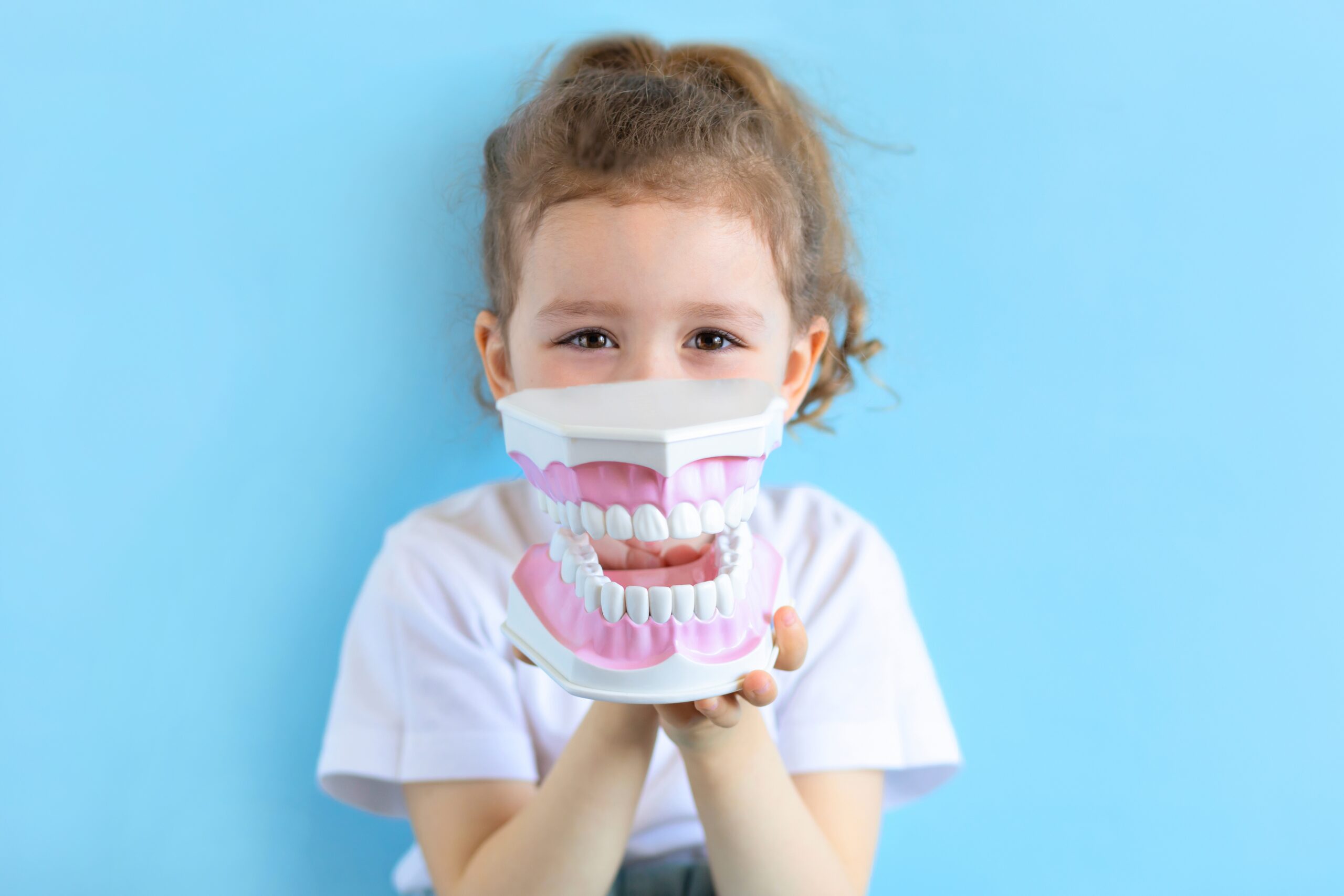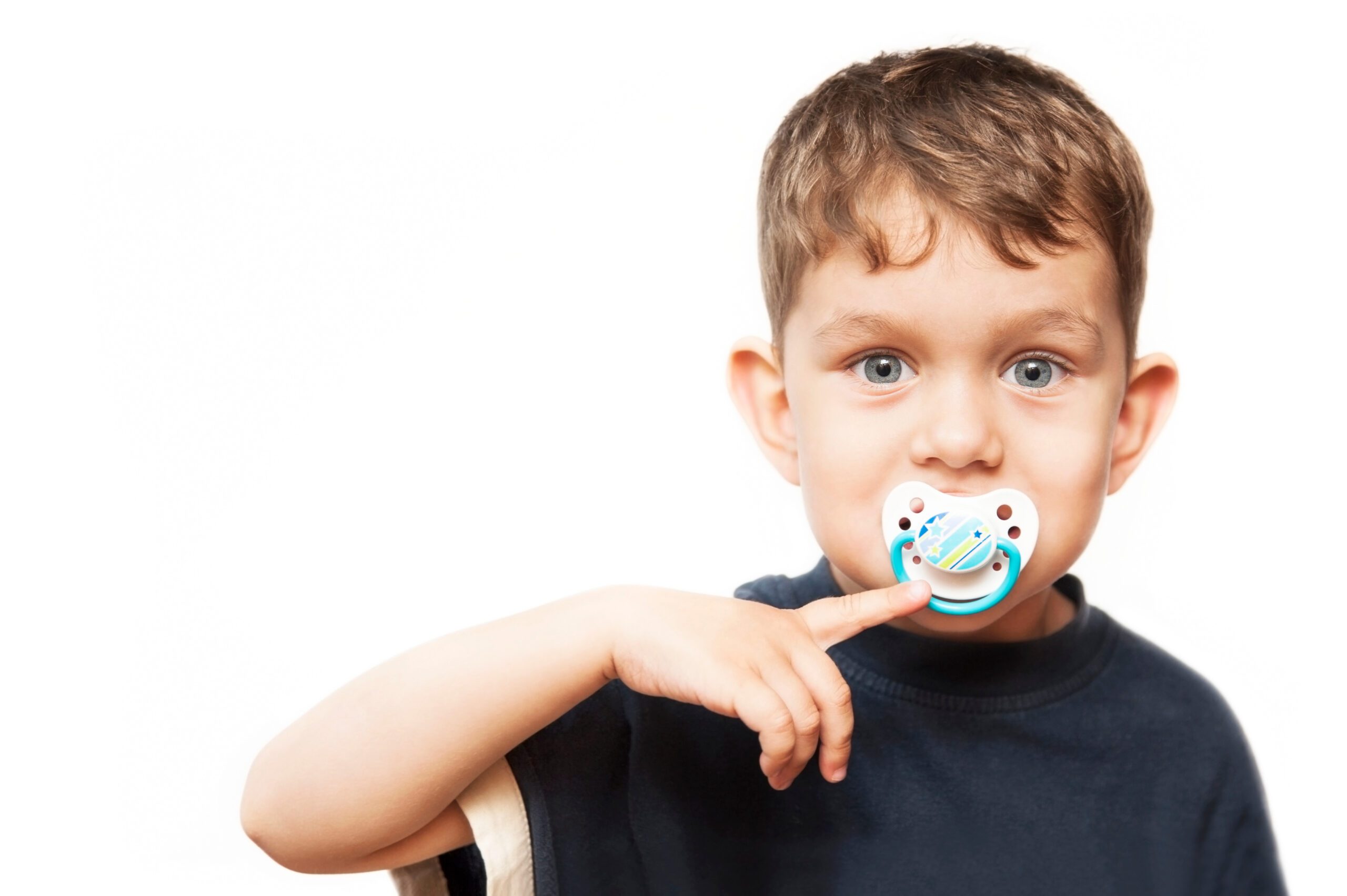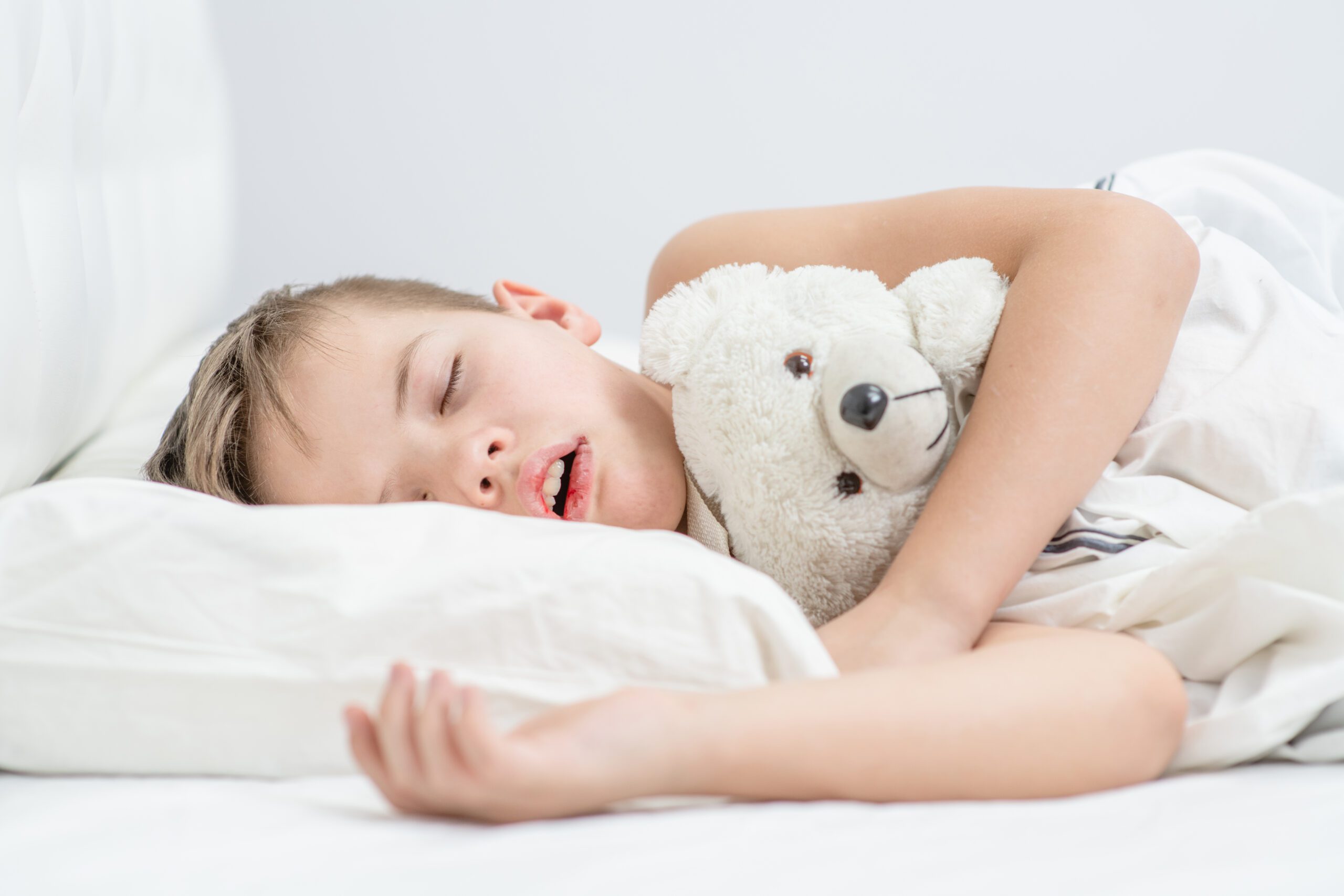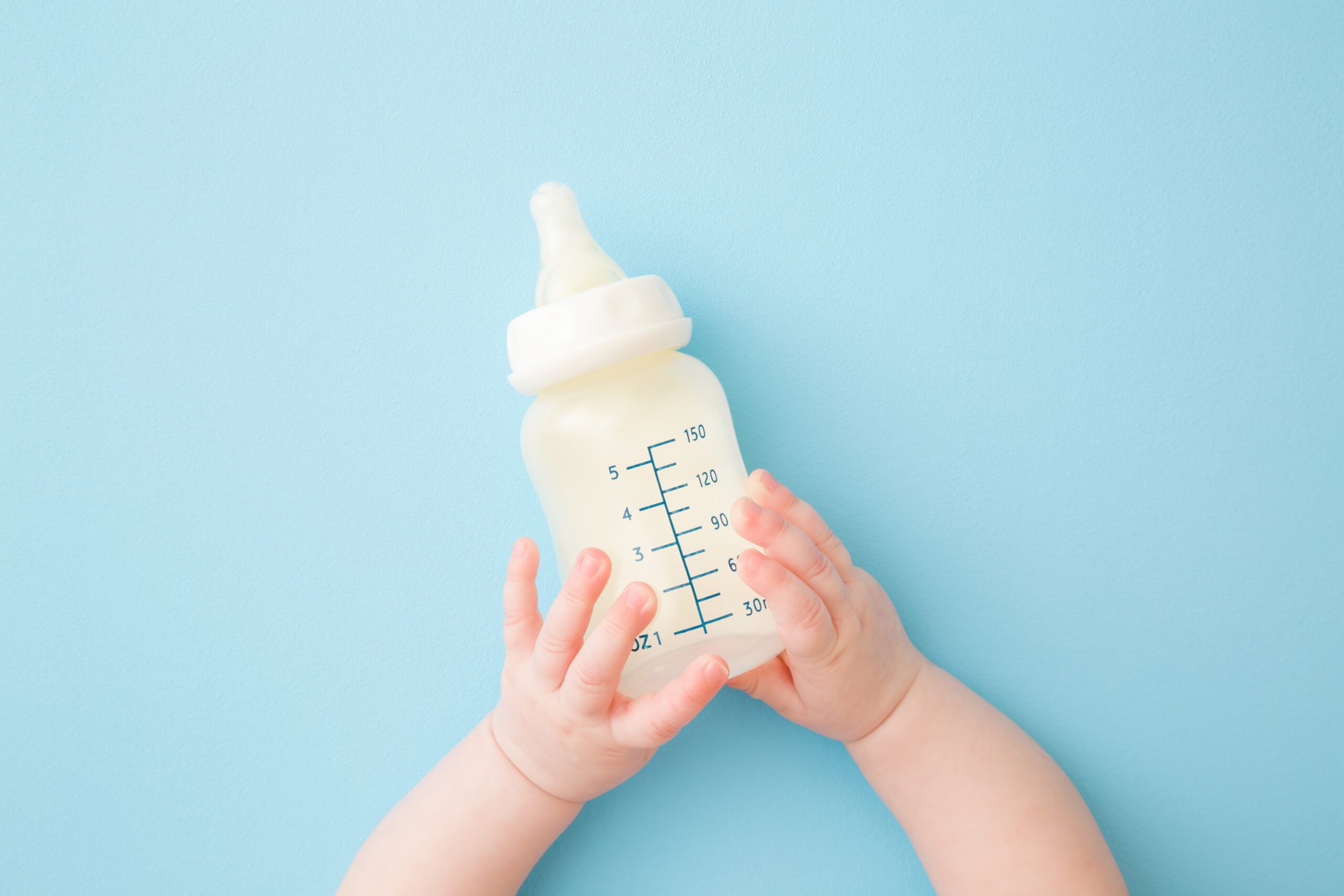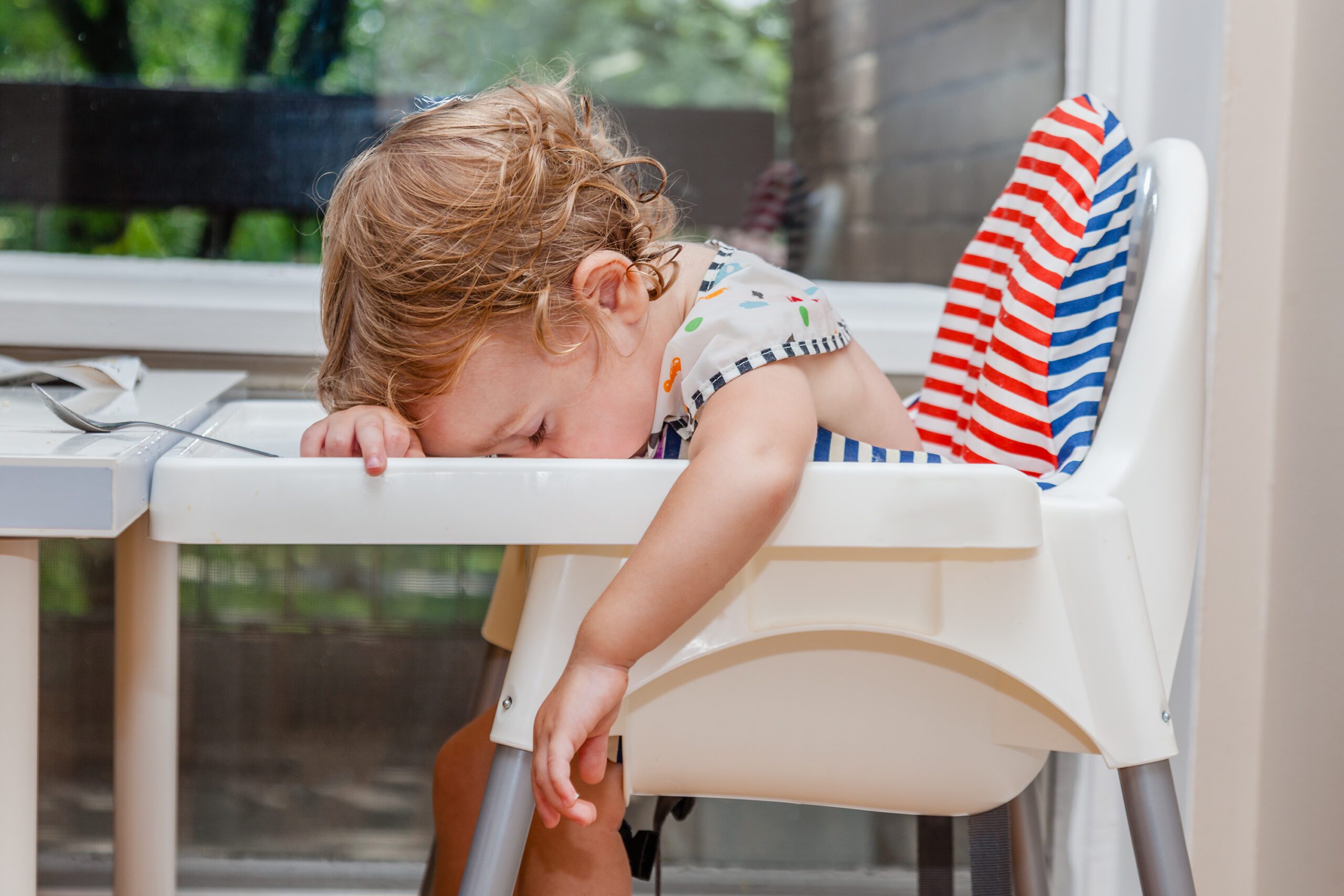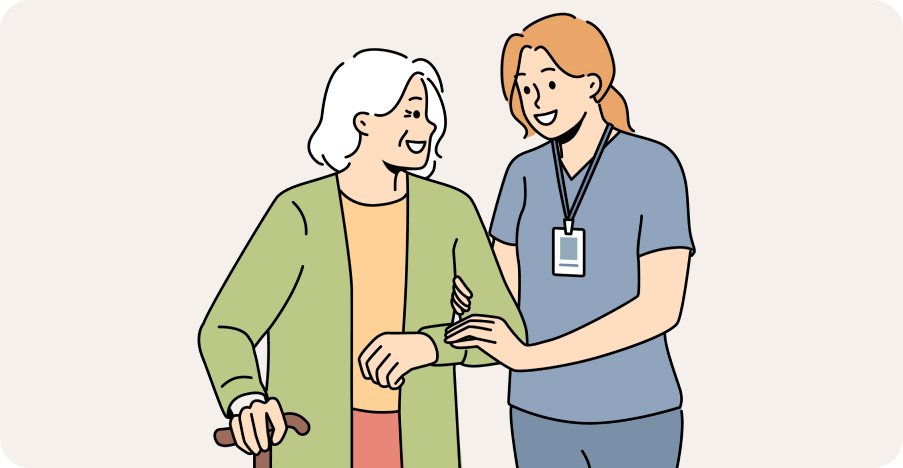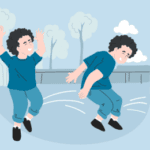
Sensory Processing Disorder
- Signs and Symptoms of Sensory Processing Disorder in Children
- Sensory Processing Disorder in Teens: Signs, Symptoms, Diagnosis & Treatment
- Sensory Processing Disorder (SPD) in Adults: Signs, Diagnosis, Treatment & Coping Strategies
- Types of Sensory Processing Disorder (SPD): Symptoms, Characteristics & Treatment
- Sensory Processing Disorder Treatment Options & Best Therapies for SPD in Children and Adults
- Living with Sensory Processing Disorder: Daily Tips, Support Strategies, and Family Guidance
- Vestibular and Proprioceptive Processing in Sensory Processing Disorder (SPD)
- Causes and Risk Factors of Sensory Processing Disorder (SPD): What Science Knows
- How Is Sensory Processing Disorder Diagnosed? Tests, Signs, and Evaluation Tools
- Stimming Behaviors in Sensory Processing Disorder: What They Are and Why They Matter
- Sensory Processing Disorder and Learning: How Sensory Challenges Affect Education
- Sensory Diet Strategies for Kids: Effective Tools for Sensory Regulation
- Sensory Integration Disorder and Sensory Integration Therapy
- Sensory Discrimination Disorder
- Sensory Modulation Disorder: Symptoms, Subtypes, and Treatment Strategies
- Sensory Over-Responsivity (SOR): Signs, Causes, and How to Help Kids and Adults Cope
- Sensory Under-Responsivity: Signs, Causes, and Support for Children and Adults
- Sensory-Based Motor Disorder: Signs, Symptoms, and Effective Treatments for Children and Adults
- Visual Processing Disorder: Signs, Symptoms & How to Support Visual Learning Challenges
- Auditory Processing Disorder (APD): Symptoms, Diagnosis & Treatment for Children and Adults
- Sensory Seeking/Craving: Understanding, Identifying, and Supporting Sensory Seekers
- Dyspraxia (Developmental Coordination Disorder): Understanding SBMD and Its Impact
- Postural Disorder: Causes, Symptoms & Treatment | Sensory-Based Motor Disorder Guide
Sensory Under-Responsivity: Signs, Causes, and Support for Children and Adults

Authored by: The DrSensory Editorial Team
Reviewed by: 🛡️ DrSensory Clinical Review Board
Last updated: June 2025
- How Sensory Under-Responsivity Affects Learning and Daily Life
- Diagnosis: How Is Sensory Under-Responsivity Identified?
- Therapy and Treatment for Sensory Under-Responsivity
- At-Home Support and Strategies for SUR
- What’s the difference between sensory under-responsivity and laziness?
- Can someone have both over- and under-responsivity?
- Do kids grow out of sensory under-responsivity?
- Is sensory under-responsivity related to autism or ADHD?
- What does a sensory diet for under-responsivity look like?
What Is Sensory Under-Responsivity (SUR)?
Sensory Under-Responsivity (SUR) is one of the three primary subtypes of Sensory Modulation Disorder, itself a form of Sensory Processing Disorder (SPD). Individuals with SUR respond less intensely or more slowly to sensory input than others. Their nervous systems may require stronger, more frequent stimulation to register and process sensory information.
This under-responsiveness may affect all senses—including touch, sound, sight, smell, taste, movement, and proprioception (body awareness). People with SUR may appear disengaged, unaware of stimuli, or under-reactive to pain and emotions.
Signs and Symptoms of Sensory Under-Responsivity
Children and adults with SUR often show the following behaviors:
- Delayed responses to name calling, sounds, or movement
- Lack of reaction to pain, heat, or cold
- Clumsiness or poor body awareness
- Low energy or difficulty “getting going”
- Seeks constant motion like spinning or jumping but doesn’t seem satisfied
- May not notice messy face, dirty hands, or wet clothes
These individuals often seem passive, slow, or unmotivated, but the root issue is neurological—not behavioral.
Causes and Risk Factors of Sensory Under-Responsivity
SUR is thought to result from neurological differences in how the brain processes and integrates sensory input. Instead of filtering and reacting to information efficiently, the brain may not register sensory signals clearly or quickly.
Potential causes and risk factors include:
- Genetic factors or family history of SPD, autism, or ADHD
- Premature birth or low birth weight
- Neurological immaturity or atypical development
- Early environmental deprivation (e.g., lack of stimulation or neglect)
- Prenatal exposure to stress, alcohol, or toxins
SUR may occur independently or alongside conditions like autism spectrum disorder, developmental delays, or ADHD.
How Sensory Under-Responsivity Affects Learning and Daily Life
SUR can impact multiple areas of functioning, especially in childhood:
- In school: Children may be labeled “lazy” or inattentive when they actually need more sensory input to focus
- In social settings: May seem disinterested or disengaged from peers
- In physical development: May have poor posture, delayed motor skills, or avoid gross motor play
- At home: May not notice hunger, temperature changes, or pain
SUR is often misunderstood, which is why a proper evaluation and sensory support are essential.
Diagnosis: How Is Sensory Under-Responsivity Identified?
Diagnosis is typically made by a licensed occupational therapist (OT) with expertise in sensory integration therapy. The diagnostic process includes:
- Parent and teacher questionnaires (e.g., Sensory Profile, Sensory Processing Measure)
- Clinical observations of sensory response patterns
- Standardized testing when needed (e.g., SIPT – Sensory Integration and Praxis Tests)
Ruling out other conditions (e.g., hearing issues, developmental delays)
An individualized sensory profile is created to guide treatment goals and interventions.
Therapy and Treatment for Sensory Under-Responsivity
Occupational therapy (OT) using Sensory Integration (SI) techniques is the most effective treatment for SUR. Goals include:
- Increasing the nervous system’s responsiveness to input
- Improving body awareness and coordination
- Helping individuals stay alert, focused, and engaged
Therapy often includes:
- Proprioceptive activities (e.g., climbing, pushing, pulling)
- Vestibular input (e.g., swinging, spinning, jumping)
- Tactile stimulation (e.g., textured toys, sensory bins)
- Sensory diets tailored for home and school environments
Sessions are usually held 1–2 times per week and may continue for several months depending on progress.
At-Home Support and Strategies for SUR
Parents and caregivers can support children with SUR by creating a sensory-rich environment and following a consistent sensory diet designed by an OT. Strategies include:
- Heavy work: chores like vacuuming, carrying laundry
- Jumping and crashing games
- Chewy or crunchy snacks
- Obstacle courses and movement breaks
- Bright lights and alerting music to help with waking up or focusing
The key is consistent sensory input throughout the day to help regulate the nervous system.
What’s the difference between sensory under-responsivity and laziness?
Sensory under-responsivity is a neurological condition, not a character flaw. Children with SUR may appear “lazy” because they move slowly or don’t react to stimuli—but their brains are simply not registering input effectively. With therapy and support, their energy and engagement levels often improve dramatically.
Can someone have both over- and under-responsivity?
Yes. Many individuals with Sensory Modulation Disorder show a mixed sensory profile, meaning they may be over-responsive in some sensory systems and under-responsive in others. For example, a child may hate loud noises (auditory over-responsivity) but seek deep pressure (proprioceptive under-responsivity).
Do kids grow out of sensory under-responsivity?
Some children improve as their nervous systems mature, especially with early occupational therapy. However, without support, SUR may continue into adolescence or adulthood. The good news is that many people with SPD develop effective strategies and lead successful, independent lives.
Is sensory under-responsivity related to autism or ADHD?
It can be. Many children with autism spectrum disorder (ASD) or ADHD also exhibit sensory under-responsivity, but SUR can occur independently as well. A full evaluation by an OT and developmental specialist is the best way to determine the root cause of the symptoms.
What does a sensory diet for under-responsivity look like?
A sensory diet for SUR includes high-intensity, purposeful activities that stimulate the senses and activate the nervous system, such as:
- Bouncing on a therapy ball
- Climbing jungle gyms
- Chewing crunchy foods
- Brushing skin with sensory brushes
- Playing fast-paced games with lights and music
These activities are designed to keep the brain alert and improve sensory registration over time.
This page provides general educational content and is not a substitute for professional medical advice. Always consult a licensed provider for diagnosis and treatment.
View privacy policy, copyright and trust info
More on SPD

- Signs and Symptoms of Sensory Processing Disorder in Children
- Sensory Processing Disorder in Teens: Signs, Symptoms, Diagnosis & Treatment
- Sensory Processing Disorder (SPD) in Adults: Signs, Diagnosis, Treatment & Coping Strategies
- Types of Sensory Processing Disorder (SPD): Symptoms, Characteristics & Treatment
- Sensory Processing Disorder Treatment Options & Best Therapies for SPD in Children and Adults
- Living with Sensory Processing Disorder: Daily Tips, Support Strategies, and Family Guidance
- Vestibular and Proprioceptive Processing in Sensory Processing Disorder (SPD)
- Causes and Risk Factors of Sensory Processing Disorder (SPD): What Science Knows
- How Is Sensory Processing Disorder Diagnosed? Tests, Signs, and Evaluation Tools
- Stimming Behaviors in Sensory Processing Disorder: What They Are and Why They Matter
- Sensory Processing Disorder and Learning: How Sensory Challenges Affect Education
- Sensory Diet Strategies for Kids: Effective Tools for Sensory Regulation
- Sensory Integration Disorder and Sensory Integration Therapy
- Sensory Discrimination Disorder
- Sensory Modulation Disorder: Symptoms, Subtypes, and Treatment Strategies
- Sensory Over-Responsivity (SOR): Signs, Causes, and How to Help Kids and Adults Cope
- Sensory Under-Responsivity: Signs, Causes, and Support for Children and Adults
- Sensory-Based Motor Disorder: Signs, Symptoms, and Effective Treatments for Children and Adults
- Visual Processing Disorder: Signs, Symptoms & How to Support Visual Learning Challenges
- Auditory Processing Disorder (APD): Symptoms, Diagnosis & Treatment for Children and Adults
- Sensory Seeking/Craving: Understanding, Identifying, and Supporting Sensory Seekers
- Dyspraxia (Developmental Coordination Disorder): Understanding SBMD and Its Impact
- Postural Disorder: Causes, Symptoms & Treatment | Sensory-Based Motor Disorder Guide
Find a Therapist near you
Are you looking for a physical, occupational, or speech therapist in your area?
Look no further than the DrSensory Therapist Database and Clinic Directory!
Find a Therapist
Find the physical therapist, occupational therapist, or speech language pathologist you’re looking for!
Ask Us Anything
Whether you are looking for advice, have a general question about sensory processing, or looking for resources.
Submit Your Story
Share your story about your child. Let’s celebrate milestones and learn more about challenges.







































